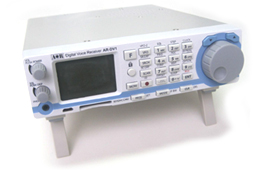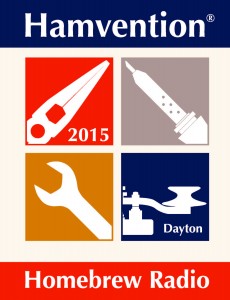Many areas of the country have switched to “Digital”. What does this mean for the scanner listener? What is “Digital” anyway?
First, before we go any further, the number one question we get about digital scanners is whether they will also work on analog. The answer is YES. All digital scanners work just fine on analog channels, always have and always will.
Digital radio means that instead of using a regular AM (where the amplitude [strength] is changed) or FM (where the frequency is modulated or changed) signal , a digital signal type is used. This is a signal that is converted to the base 0’s and 1’s, compressed, and sent out on the airwaves. A digital receiver then converts it back and lets you hear it.
There are several types of digital that are of interest to scanner listeners. The most common for police, fire and other public safety use is APCO’s P25 system. This is widely used by both trunked and conventional (non-trunked) radio systems across the country. Several manufacturers, like Motorola, Harris and others sell P25 systems and equipment. While the P25 standards are supposed to ensure that any companies radios will work on the various systems, in practice some companies often add new “features” that tend to lock out other company’s radios from working with the system.
P25 comes in several flavors. “Phase 1” is the original single channel-per-frequency protocol used on conventional systems and most trunked P25 systems. “Phase 2” P25 effectively splits channels using TDMA (See technobabble below) to allow 2 simultaneous conversations on the same frequency, effectively doubling the capacity of a trunked system. If your system uses Phase 2 be sure to get a Phase 2 capable scanner!
Technobabble here: Phase 2 uses Time Division Multiple Access, more commonly known as TDMA. The radio system divides a radio signal into timeslots of tiny fractions of a second. In Phase 2 systems a certain time slot is assigned to the “0” channel and the other slots are assigned to the “1” channel. This allows 2 conversations to be held at the same time on the same frequency. The communications are restored at the receiver so it can be processed and heard by the user. Decoding software like UniTrunker or Pro96Com will show these sub-channels as “851.0375/0 and 851.0375/1”.
Some areas of the country have gone to a system called “OpenSky”, manufactured by Harris. While these systems have not been successful in many instances, the systems in place cannot be monitored by scanners. Harris has since dropped OpenSky from its catalog and is selling P25 systems now.
One trend that is growing in some areas is the use of various “DMR” systems. These are sold under various trade names like MotoTRBO, NXDN and others. They all use fairly similar digital protocols but current consumer scanners do not cover them. There are some SDR (Software defined radio) and advanced receivers (like the new AOR DV1) that will allow one to monitor these systems. The reason many agencies select these is usually cost, the radios are fairly cheap, especially when compared to P25 radios. While they may not be as durable, the replacement costs are often less than a repair would be. Businesses however have embraced these cheaper forms of digital radio and they are common on business channels. Railroads have agreed on using NXDN digital modes but implementation has been very slow. Ham radio operators use some of these also, as well as D-Star.
Do not confuse digital voice with encryption. While it is true that many digital systems are encrypted these days, most are not and these are perfectly legal to listen to. Also do not confuse digital voice with digital data. Most police and fire agencies use some sort of data systems for MDT’s or video, these systems cannot be monitored without huge budgets and massive computing power. Listening to digital transmissions on an analog only scanner will not work, you will just hear noise.
Some people hear and understand received digital communications better than others. The absence of background noise sometimes makes it uncomfortable for some users, since it can be mistaken for non-radio conversations. Digital certainly sounds different than analog but occasionally causes issues with things like firefighters protective gear. Usually it is just a matter of getting used to how it sounds. In addition, when digital signals are weak they tend to get garbled. Many agencies call this “going digital” since it makes a weird noise.
Digital scanners are more expensive than analog ones. This is mostly due to licensing requirements for the technology. While prices have gone down recently they still are usually about twice as expensive than analog scanners with similar features.
Will there be more scanners with DMR modes like TRBO and NXDN? We don’t know yet, but if and when they do become available we will be among the first to have them. The AOR DV1 is available now and does receive several of the digital modes.


